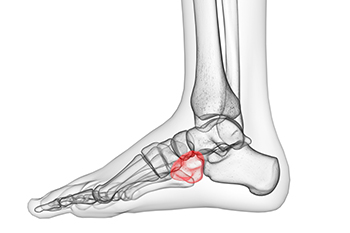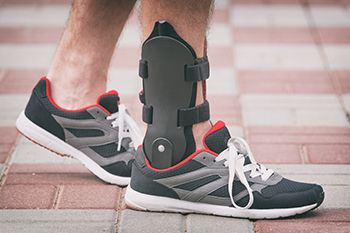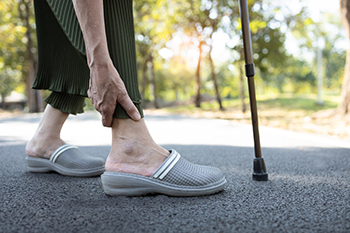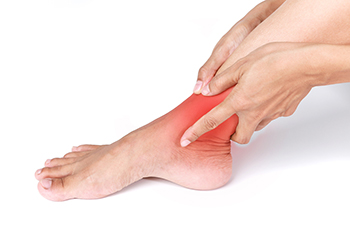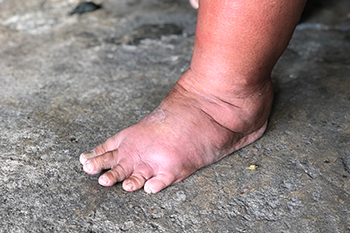
Swelling of the feet is undoubtedly pesky and can make the feet feel puffy, uncomfortable, and inflated. Your feet may swell up for different reasons. For example, foot swelling can be attributed to pregnancy, poor circulation, dietary choices, and many other reasons. If an individual notices that their feet are swollen, they might consider slightly elevating the feet. A person might lie down on their back and elevate their feet and lower legs to a height that is above their heart. This is sometimes particularly easy to perform with a hospital bed because it enables the foot of the bed to rise, which is conducive to elevating the feet. The point of elevating the feet is essential to facilitate blood circulation and encourage blood with fresh oxygen to travel to these elevated limbs. If you struggle with swelling of the feet, you may want to seek out the help of a podiatrist who can help you manage this condition. Schedule an appointment today.
Swollen feet can be a sign of an underlying condition. If you have any concerns, contact one of our podiatrists of InStride Family Foot Care. Our doctors can provide the care you need to keep you pain-free and on your feet.
Swollen feet are a common ailment among pregnant women and people who stand or sit for extended periods. Aging may increase the possibility of swollen feet and patients who are obese often notice when their feet are swelling too. There may be medical reasons why swollen feet occur:
- Phlebitis - A condition that causes the veins to become inflamed and can also cause leg pain.
- Liver disease - This may lead to low blood levels of albumin which is a protein. This can cause fluid in the blood to pass into the tissues and several areas of the body can become swollen.
- Heart failure - When the heart doesn’t pump properly the blood that is normally pumped back to the heart can pool in the veins of the legs causing swollen feet.
- Kidney disease - One of the main functions of the kidneys is releasing excess fluid in the body. This type of condition can make it difficult for the kidneys to function properly, and as a result the feet may become swollen.
- Deep-vein thrombosis (DVT)- This is a serious condition where blood clots form in the veins of the legs. They can block the return of blood from the legs to the heart which may cause the feet to swell. It is important to be treated by a podiatrist if this condition is present.
Swollen feet can also be caused by bone and tendon conditions, including fractures, arthritis, and tendinitis. Additionally, there may be skin and toenail conditions and an infection may cause the feet to swell. Patients who take medicine to treat high blood pressure may be prone to getting swollen feet.
Many patients elevate their feet to help relieve the swelling and this is generally a temporary remedy. When a podiatrist is consulted the reason behind the swelling can be uncovered and subsequently treated.
If you have any questions please feel free to contact our offices located in Concord, Charlotte, and Salisbury, NC . We offer the newest diagnostic tools and technology to treat your foot and ankle needs.


